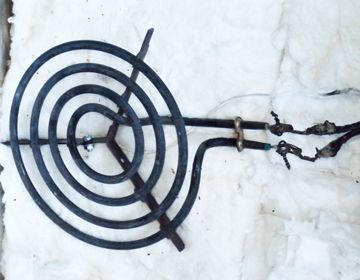Originally posted by Col
View Post
Originally posted by Col
View Post
400*C is a lot more heat than 277, I mean it's exponentially hotter!! I speculate they may not last, don't know for sure as I haven't tested for any length of time. Possibly good for a condenser trap heater if it were to apply.
Originally posted by Col
View Post
Pics are up on a new DIYDiesel blog post. Pages with more details will be added as well in due course.




Comment